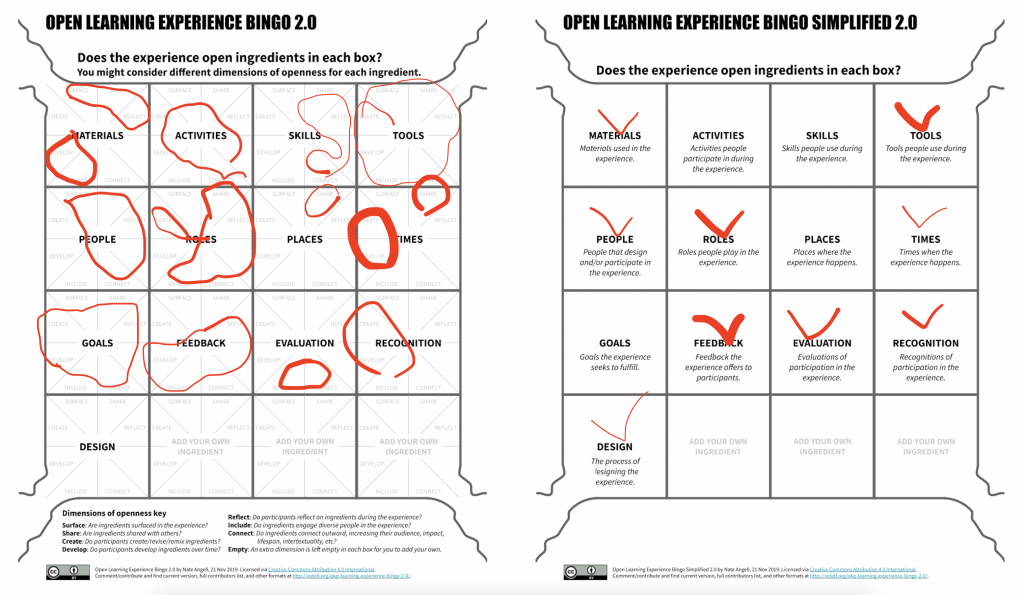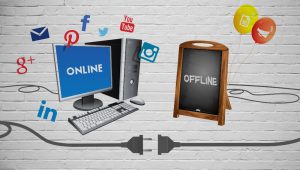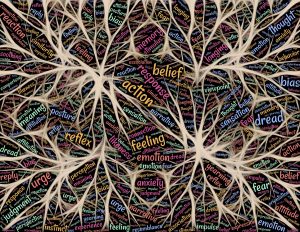
Based on your previous reflections and experience gained throughout the course, summarize and critically reflect on your learning and development. We would like to remind you that this reflection is mandatory if you want to receive your ONL certificate. You can use the questions below to guide your reflection:
- What are the most important things you have learned through your engagement in the ONL course? Why?
I must honestly say that I was a bit skeptical of how an online course could create so much engagement, so it has opened my eyes that online courses with the necessary tools can be very engaging. The most challenging aspect of online education can be keeping students motivated and therefore engaged throughout the course. It’s been very valuable learning about how communities of practice and networked collaborative communities within a purposely oriented and specifically designed course and activities can have a major impact on how students learn in online or blended environments.
- How will your learning influence your practice?
I find that this course has provided me with the necessary tools to face any shortcomings in my own practice when it comes to student engagement and push me to seek new ways to always try to accommodate the somewhat static academic curriculum to an active and networked community.
- What are your thoughts about using technology to enhance learning/teaching in your own context?
Technology is no longer the future, it is present in our daily life and we are moving to a stage where online and offline are becoming blurred. I see technology has an enormous advance in terms of communication, developing teaching practices around online tools and networks seems that is the new normality and should be integrated always within in a clear framework.
- What are you going to do as a result of your involvement in ONL? Why?
I will try to apply the collaborative approach as I think is a way that students can see themselves as part of a whole and limit the number of individual tasks.



